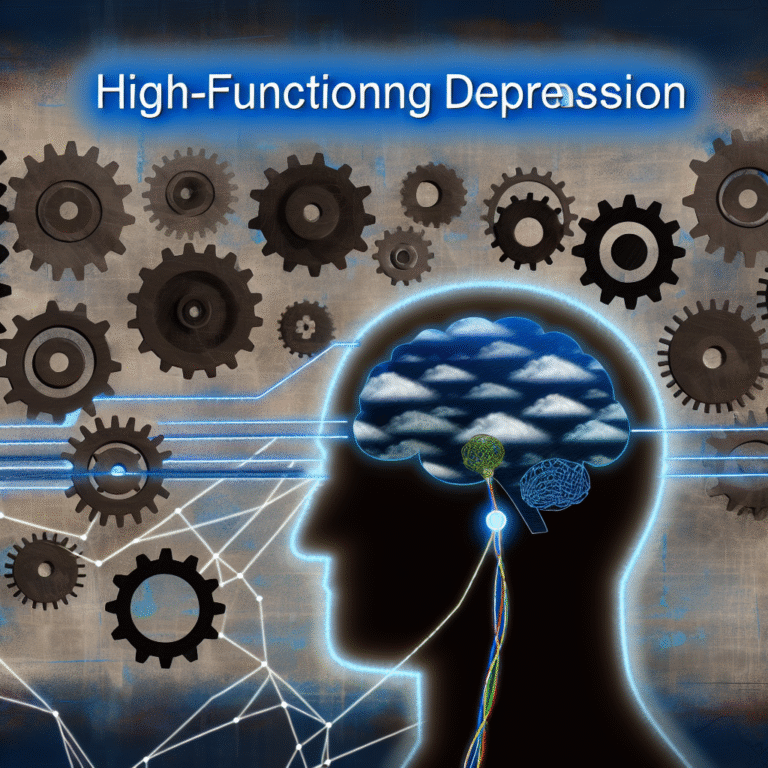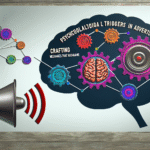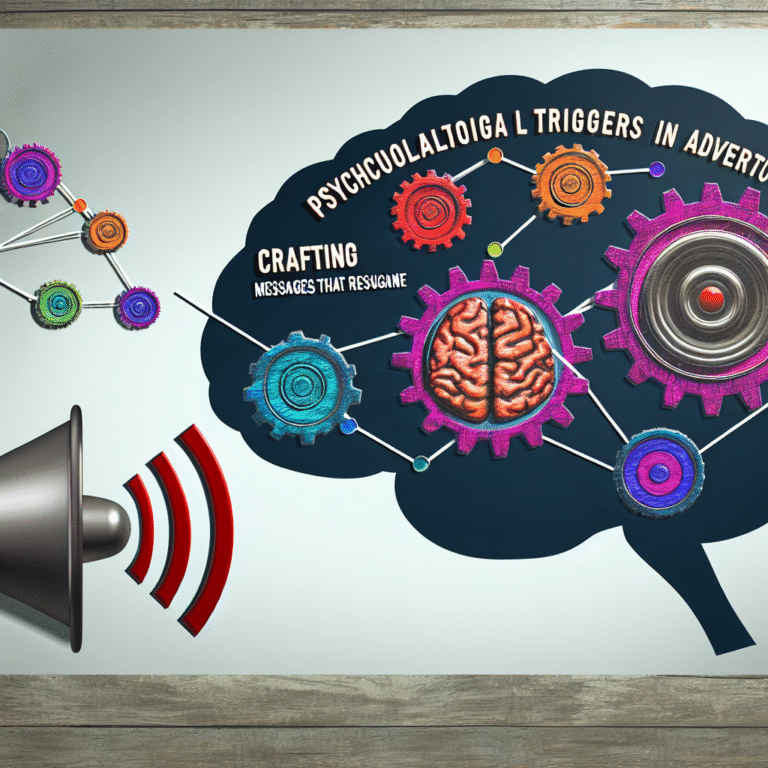Detecting Bipolar Disorder Early: What Parents and Educators Need to Know for a Brighter Future
Introduction
Imagine a world where every child receives the support they need to thrive, free from the shadows of mental health issues. This vision can become a reality if parents and educators understand the importance of detecting bipolar disorder early. With a growing awareness of mental health challenges in children and adolescents, early detection offers a vital pathway to effective treatment and lifelong resilience. Indeed, detecting bipolar disorder early: what parents and educators need to know is not just critical, it could potentially change a life trajectory.
Bipolar disorder can often be misunderstood and misdiagnosed, leading to years of struggles for affected individuals. Yet, with the right tools and knowledge, parents and educators can play an essential role in identifying early signs of this condition. This article aims to illuminate the key indicators of bipolar disorder, share real-world case studies to drive home the importance of early detection, and ultimately equip you with actionable insights.
Understanding Bipolar Disorder
What Is Bipolar Disorder?
Bipolar disorder is a mood disorder characterized by extreme mood swings that include emotional highs, known as mania or hypomania, and lows, known as depression. These fluctuations can affect a child’s energy level, activity, sleep, and behavior, making it challenging for them to function in daily life.
Types of Bipolar Disorder
Bipolar I Disorder: Defined by manic episodes lasting at least seven days, or by manic symptoms that are so severe that immediate hospital care is needed. Depressive episodes lasting at least two weeks often occur.
Bipolar II Disorder: A milder form, characterized by a depressive episode lasting at least two weeks, and hypomanic episodes that last at least four days.
- Cyclothymic Disorder: This involves periods of hypomanic symptoms as well as periods of depressive symptoms lasting for at least two years (one year in children and adolescents).
Early Symptoms of Bipolar Disorder
Detecting bipolar disorder early: what parents and educators need to know involves recognizing the early warning signs, which often appear during childhood or adolescence. These symptoms may include:
- Intense Mood Swings: Extreme changes in mood that seem to occur without clear reason or for significant periods.
- High Energy Levels: Episodes of increased energy, restlessness, or excessive talking.
- Irritability or Aggression: Outbursts of anger or intense irritability.
- Sleep Disturbances: Reduced need for sleep during manic phases or excessive sleeping during depressive states.
- Changes in Academic Performance: Sudden drops in grades or changes in behavior can be red flags.
The Crucial Role of Parents and Educators
Why Early Detection Matters
When it comes to detecting bipolar disorder early: what parents and educators need to know is vital. Studies indicate that early intervention in mental health disorders can lead to better outcomes for children. Mood disorders often go untreated due to stigma, lack of awareness, or misdiagnosis, leading to complications in emotional, social, and academic domains.
Collaboration Is Key
Parents and educators need to work together. Teachers can observe behavioral changes in the classroom, while parents can provide context regarding any significant shifts at home. Establishing communication channels between school professionals and families allows for a more comprehensive picture of the child’s mental health.
Case Studies: Real-World Insights
Case Study 1: Jacob, the Aspiring Artist
Jacob was a 12-year-old boy who had always shown exceptional talent in painting. However, during his sixth grade, his teachers noticed that he underwent sudden changes in behavior; he would often show intense excitement about art projects one moment, only to become despondent and withdrawn the next.
Jacob’s art teacher reached out to his parents, who also noticed fluctuations in his mood at home. After consulting with a mental health professional, Jacob was diagnosed with bipolar II disorder. With proper treatment and support, he learned to manage his moods, leading to smoother social interactions and improved academic performance.
Analysis: Jacob’s case illustrates the importance of early observation by educators and the proactive communication with parents that can lead to timely intervention.
Case Study 2: Sarah, the High Achiever
Sarah was a straight-A student who excelled academically but experienced periods of extreme energy followed by severe lows. Teachers were perplexed by her sudden drop in grades and lack of participation in class after a burst of energy where she was the center of attention.
With support from a guidance counselor, Sarah’s parents began to document her behavior. They took their findings to a pediatrician who diagnosed her with bipolar disorder. With appropriate therapy and medication, Sarah learned coping strategies and experienced a remarkable normalization in her academic life.
Analysis: This case underscores the role of educators in identifying behavioral changes and encourages parents to track behavioral patterns, an essential step in detecting bipolar disorder early.
Signs and Symptoms: A Checklist for Parents and Educators
To facilitate the understanding of early indicators of bipolar disorder, we present a simplified checklist below.
| Sign/Symptom | Description | Action |
|---|---|---|
| Mood Swings | Extreme highs and lows that don’t match situations | Document frequency and seek professional advice |
| Sleep Changes | Insomnia during high periods, excessive sleeping when low | Track sleep patterns and discuss them with the child’s doctor |
| Academic Changes | Sudden drop in performance or lack of interest | Meet with teachers to review academic records |
| Increased Risk-Taking | Engaging in risky behavior or poor decision-making | Monitor activities and encourage safe choices |
| Irritability | Frequent anger or frustration without substantial reason | Calm discussions to address the child’s feelings |
Creating a Supportive Environment
Building Awareness
Creating an environment that prioritizes mental health begins with education. Schools can host workshops for parents and staff to better understand mental health issues, including bipolar disorder. Introducing age-appropriate mental health curricula can also empower children to articulate their emotions and seek help.
Encouraging Open Communication
It is essential for parents and educators to foster open dialogues about feelings and mental health. Creating a safe space encourages children to express themselves without fear of being stigmatized. Active listening and validation of feelings can have a tremendous impact on a child’s well-being.
Intervention Strategies
If you suspect a child might be struggling, early intervention is key. Here are steps parents and educators can take:
- Share Observations: Discuss your observations with each other, ensuring feedback is specific and constructive.
- Consult Professionals: Encourage parents to seek professional evaluations.
- Follow Treatment Plans: Once a diagnosis is made, ensuring that children adhere to treatment plans and medications is crucial.
- Monitor Progress: Regularly check in on a child’s emotional state and academic performance to catch any early signs of distress.
- Empower the Child: Encourage children to engage in activities that promote well-being, such as sports, creative arts, or mindfulness practices.
Conclusion
Detecting bipolar disorder early: what parents and educators need to know is crucial for nurturing healthy adolescents in today’s complex world. Awareness, proactive communication, and building an informed support network can radically alter the lives of children facing this significant challenge.
As you reflect on this information, remember that early signs should never be ignored. By equipping ourselves with knowledge and compassion, we can create a brighter, more supportive future for every child.
FAQs
What should I do if I suspect my child has bipolar disorder?
Start by documenting your observations and discussing your concerns with your child’s teachers. If needed, consult a mental health professional for a thorough evaluation.
How can educators spot signs of bipolar disorder?
Educators should look for changes in academic performance, mood swings, social behavior alterations, and attendance issues to identify potential mental health difficulties.
Is bipolar disorder hereditary?
Research suggests a genetic component to bipolar disorder, meaning it may run in families, but environmental factors also play a significant role in its development.
What treatment options are available for bipolar disorder?
Treatment typically includes a combination of medication, counseling, and lifestyle changes. Early intervention can make these treatments more effective.
Can lifestyle changes help manage bipolar disorder?
Yes, maintaining a healthy lifestyle through regular exercise, sleep hygiene, balanced nutrition, and stress-reduction techniques can significantly aid in managing symptoms.
In conclusion, detecting bipolar disorder early: what parents and educators need to know is a call to action. Let’s empower ourselves and our children to foster a community where mental health is prioritized and supported.














